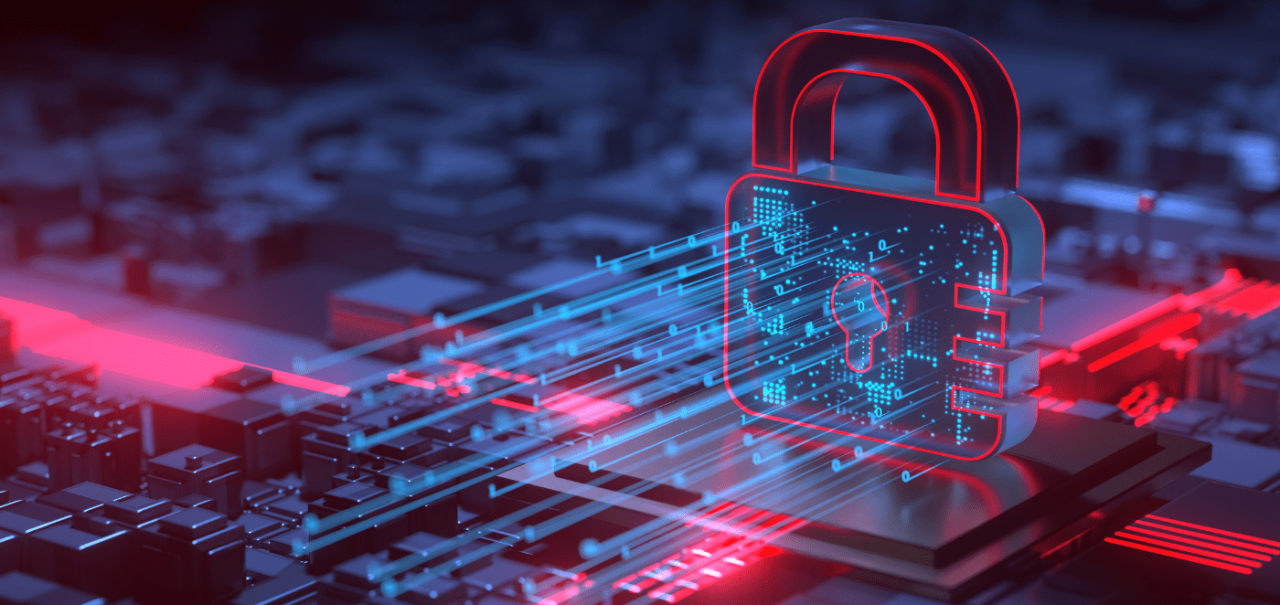Cybersecurity Innovations: Protecting the Digital Frontier

In an era where the digital landscape expands at an unprecedented pace, the importance of cybersecurity innovations becomes paramount. As the digital frontier evolves, so do the threats that lurk in the virtual shadows. This exploration delves into the latest advancements in cybersecurity, ranging from advanced threat detection mechanisms to the adoption of secure coding practices. In a world where information is currency, safeguarding the digital realm is not just a necessity but a constant pursuit of innovation.
Transforming Words to PDF: Ensuring Document Security
The digital transformation has significantly altered the way we create, share, and store information. One common practice in the digital realm is the conversion of documents from Word to PDF format. While this conversion simplifies document sharing and ensures a consistent viewing experience across different devices, it also raises cybersecurity concerns.
PDF files are not immune to exploitation, and cyber threats can take advantage of vulnerabilities in the PDF format. As we explore cybersecurity innovations, it’s essential to consider the secure handling of document formats. This includes adopting encryption measures, validating input data, and implementing secure coding practices to mitigate the risk of malicious activities when converting and sharing documents.
Heralding a New Era of Cybersecurity
In the dynamic landscape of cybersecurity, marked by rapid technological advancements and evolving digital threats, we find ourselves at the brink of a new era. This era heralds transformative approaches and innovations in safeguarding digital environments, ensuring resilience against sophisticated cyber threats.
Advanced Threat Detection
Traditional cybersecurity measures often rely on signature-based detection, which can struggle to identify previously unseen threats. Innovations in advanced threat detection leverage artificial intelligence (AI) and machine learning (ML) algorithms to analyze patterns, detect anomalies, and identify potential threats in real-time. This proactive approach allows cybersecurity systems to evolve and adapt to emerging risks swiftly.
Zero Trust Security Model
The traditional perimeter-based security model is no longer sufficient in a world where cyber threats can originate from both external and internal sources. The Zero Trust security model operates under the assumption that no entity—whether inside or outside the network—should be trusted by default. This approach requires continuous verification of identity and strict access controls, minimizing the potential impact of a security breach.
Secure Coding Practices
As software plays an increasingly integral role in our daily lives, securing the code that powers applications becomes crucial. Secure coding practices involve adhering to principles that reduce the likelihood of vulnerabilities and make it more challenging for attackers to exploit weaknesses. This includes input validation, proper error handling, and regularly updating and patching software to address known vulnerabilities.
Biometric Authentication
The traditional username and password combination is susceptible to breaches through methods like phishing or brute force attacks. Biometric authentication adds an extra layer of security by relying on unique physical or behavioral characteristics such as fingerprints, facial recognition, or voice patterns. As biometric data is inherently tied to an individual, it provides a more robust method of identity verification.
Blockchain for Cybersecurity
Blockchain, known for its role in securing cryptocurrencies, has found applications in enhancing cybersecurity. Its decentralized and tamper-resistant nature makes it suitable for securing sensitive data and transactions. In cybersecurity, blockchain can be utilized for secure identity management, protecting intellectual property, and ensuring the integrity of data in transit.
The Role of Individuals and Businesses
While cybersecurity innovations continue to advance, the responsibility of protecting the digital frontier extends to both individuals and businesses.
Individuals
- Cyber Hygiene
Practicing good cyber hygiene involves regularly updating software, using strong and unique passwords, and being cautious of phishing attempts.
- Education
Staying informed about the latest cybersecurity threats and best practices empowers individuals to make informed decisions and recognize potential risks.
- Multi-Factor Authentication (MFA)
Enabling MFA adds an extra layer of protection to personal accounts by requiring additional verification beyond passwords.
Businesses:
- Employee Training
Conducting regular cybersecurity training for employees ensures that they are aware of potential threats and understand their role in maintaining security.
- Incident Response Planning
Developing and regularly testing incident response plans allows businesses to respond swiftly and effectively in the event of a cybersecurity incident.
- Collaboration and Information Sharing
Cybersecurity is a collective effort. Businesses should collaborate and share information about emerging threats to strengthen the overall security posture.
Conclusion: Safeguarding the Digital Realm
As we navigate the ever-evolving digital landscape, the importance of cybersecurity innovations cannot be overstated. From advanced threat detection mechanisms to the adoption of secure coding practices, these innovations play a crucial role in safeguarding the digital frontier. However, the responsibility extends beyond technological advancements; it requires a collective effort from individuals, businesses, and the broader cybersecurity community to ensure a secure and resilient digital environment. In this pursuit, continuous education, collaboration, and the proactive adoption of innovative cybersecurity measures will be the keys to protecting the invaluable assets of the digital realm.







